Looking for the best almond butter substitute? Explore our guide to find the best alternatives such as cashew butter, peanut butter, and nut-free options. Learn how to make substitutions for similar results in a variety of recipes.
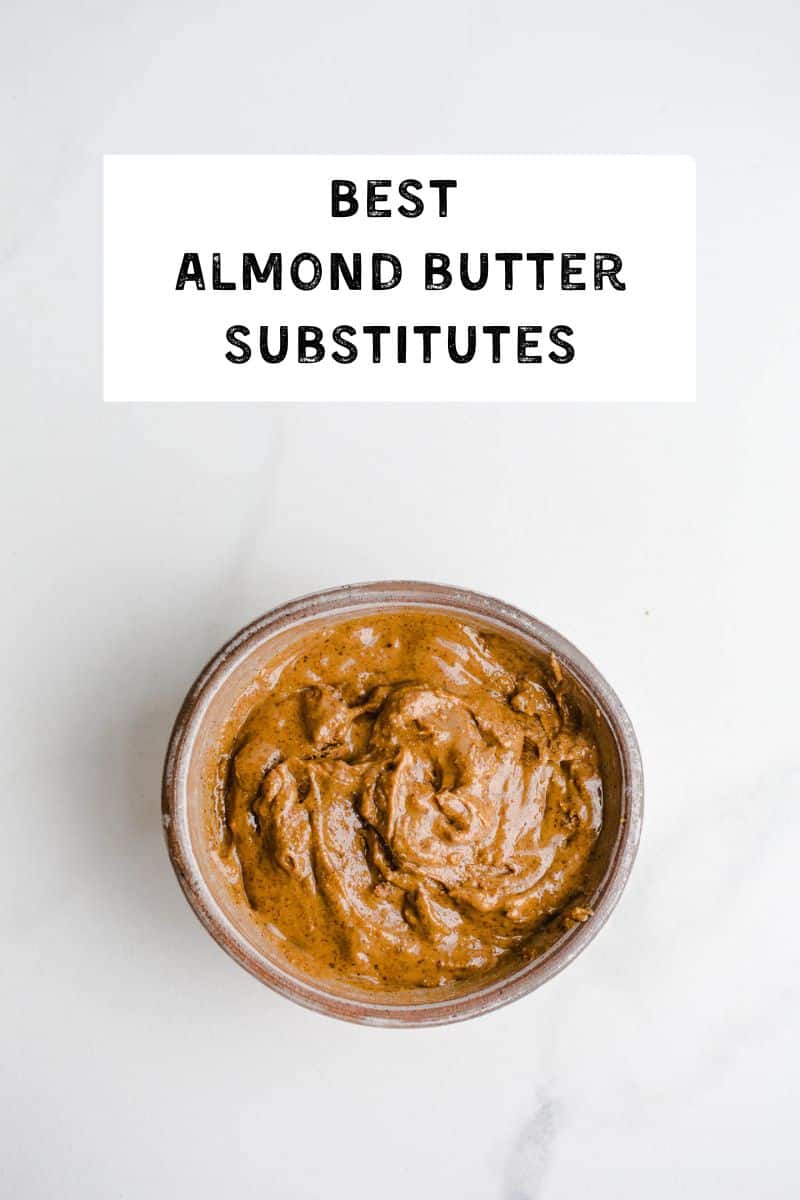
Jump to:
What is almond butter?
Almond butter is a spread or paste made from ground almonds. It can be used in a variety of ways, such as a spread on bread or crackers, an ingredient in smoothies and baked goods, or as a dip for fruits and vegetables.
To make almond butter, whole almonds are typically roasted and then ground or processed until they reach a smooth and creamy consistency.
Some variations might include additional ingredients like salt, sugar, or oils for flavor and texture.
Almond butter is known for its rich nutty flavor and is a good source of healthy monounsaturated fats, protein, fiber, and vitamins like vitamin E.
Types
There are various types in which you can have this nut butter. Here are some of the common types:
Plain - This is the most basic type made from roasted almonds that are ground into a creamy paste.
Crunchy - Coarsely chopped almonds are added to the smooth almond butter base, providing a satisfying crunch and texture.
Raw - Made from raw, unroasted almonds. It typically retains more of the almond's natural nutrients and enzymes due to the lack of roasting. This results in a slightly different flavor and color compared to the roasted variety.
Unsweetened - This type does not contain any added sugars or sweeteners.
Flavored - Some brands offer flavored almond butter, where additional ingredients like honey, cocoa, vanilla, or spices are mixed with the nut butter to create unique flavors.
Salted - This type contains a small amount of added salt to enhance the flavor.
No-Stir - No-stir butter is processed in a way that prevents the natural separation of oils that occurs in some nut spreads.
Homemade - While not a "type" in the same sense as commercial varieties, making your own at home allows you to customize the ingredients, texture, and flavor to your preferences.
Uses
Almond butter is a versatile ingredient that can be used in a variety of culinary applications. Here are some of the most common uses:
Spreads and sauces
Spread - Use it as a delicious spread on toast, bagels, crackers, or rice cakes. It provides a nutty, creamy, and flavorful alternative to traditional spreads like butter or jam.
Dips - Use it as a base for both savory and sweet dips.
Salad dressings - When incorporated into homemade salad dressings, it adds thickness and creaminess. It can also lend a unique flavor to both green salads and grain-based salads.
Asian dishes - Often used in Asian-inspired dishes, such as stir-fries and noodle dishes. It can be used to make a peanut butter alternative in sauce recipes like satay or pad Thai.
Breakfast
Smoothies - It can add richness, creaminess, and a dose of healthy fats and protein to smoothies. It pairs well with fruits like bananas, berries, and mangoes.
Oatmeal and breakfast bowls - Stirring the nut-based butter into your morning oatmeal or breakfast bowl can add creaminess and a nutty flavor. It can also be used as a topping.
Smoothie bowls - Similar to breakfast bowls, it can be drizzled on top of smoothie bowls to enhance flavor and provide additional nutrients.
Baked goods
Baking - It can be used as an ingredient in baking recipes to add flavor, moisture, and nutrients. It can be added to cookies, muffins, blondies, brownies, energy bars, and more.
In gluten-free baking and egg-free baking, it can be used as a substitute for eggs or as a binding agent.
Desserts - It can be a key ingredient in various desserts such as pies and tarts, and bars and brownies.
Snacks and treats
Homemade energy bites - It can serve as a base for no-bake energy bites or protein balls. When combined with oats, honey, and other nutritious ingredients, it creates a satisfying and portable snack.
Frozen treats - Swirled into ice cream or blended into a frozen pie filling, it adds richness and flavor.
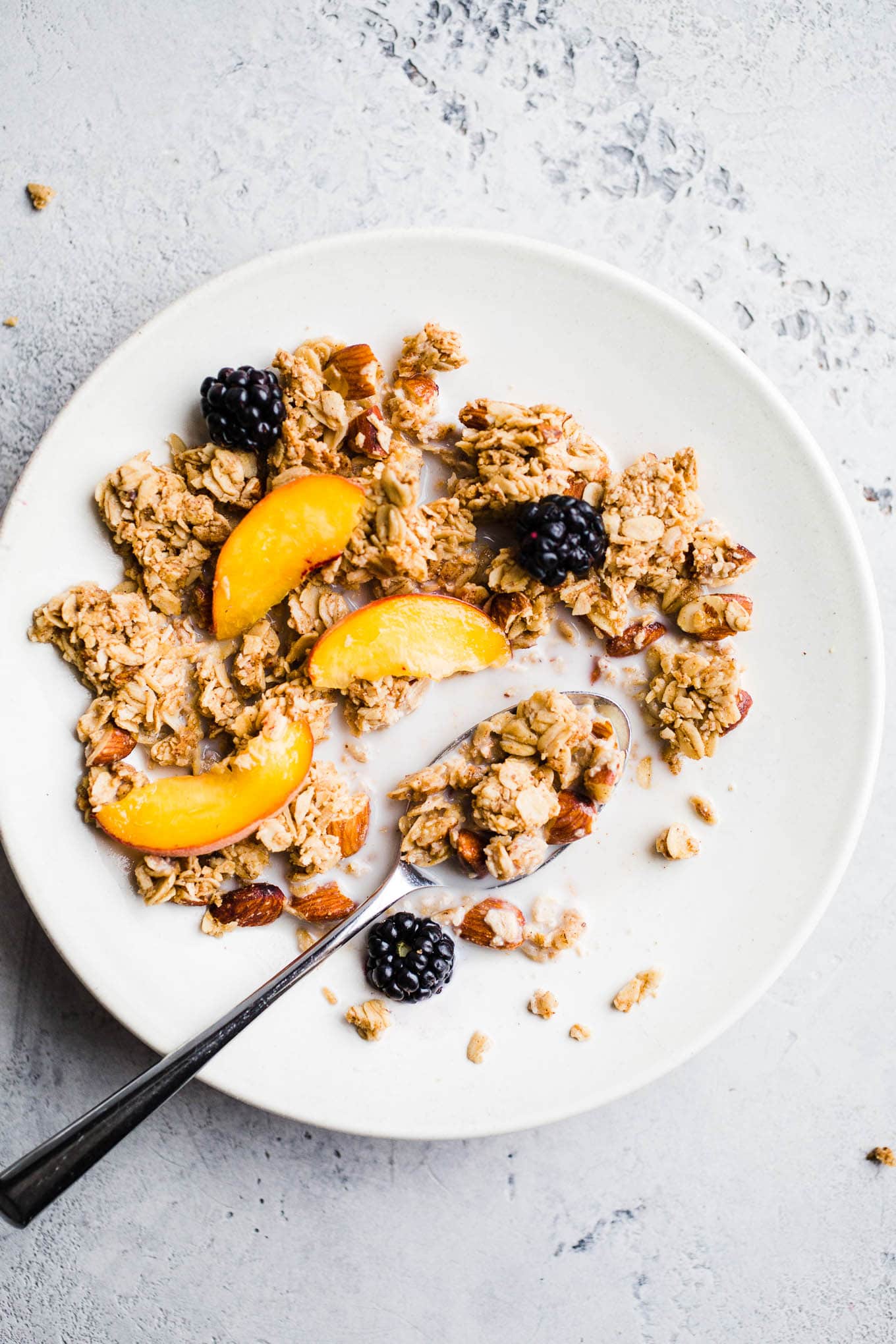
What is a good substitute for almond butter?
If you're looking for an almond butter substitute due to allergies, dietary preferences, or simply wanting variety, there are several options you can consider.
Keep in mind that the flavor, texture, and nutritional content may vary with each substitute.
1. Cashew butter
Cashew butter has a mild buttery flavor and similar consistency, making it a great alternative to almond butter in various recipes. It's often used in spreads, baking, and cooking.
It can be added to recipes for cookies, muffins, energy bites, sauces, and more. Cashew butter has a slightly milder flavor, so keep in mind that the final dish might have a slightly different taste.
To substitute, use a 1:1 replacement ratio.
2. Sunflower seed butter
Sunflower seed butter is a good option for those with nut allergies. It has a rich, nutty, earthy flavor and a creamy texture.
Sunflower seed butter can be a great substitute in baking and cooking. It can be used in recipes for cookies, bars, energy bites, sauces, and more.
While sunflower seed butter does have a nutty flavor, it can be slightly different from almond butter. Sunflower seed butter has a distinct earthy taste. This difference in flavor may subtly affect the taste of the final dish.
To substitute, you can use a 1:1 replacement. Do note that sunflower butter and baking soda create a reaction that can turn dough or batter a green color.
3. Peanut butter
Peanut butter has a distinct flavor that is nutty and slightly more robust and naturally sweet taste.
Keep in mind that this difference in flavor may impact the taste of the final dish. If you need a more mild or neutral flavor, peanut butter is not the best choice.
It can be added to recipes for cookies, muffins, sauces, and more.
If the recipe isn't peanut-allergy-friendly or if you prefer a milder taste, you might want to consider other nut or seed butter as substitutes.
To substitute, use a 1:1 replacement.
4. Tahini
Tahini has a nutty and slightly bitter taste that is different from the milder taste. This flavor difference can significantly affect the taste of the final dish. It is a good nut-free alternative.
It is often used in savory dishes like hummus or dressings. But it is also great in sweet recipes like bread, chocolate cookies, and ice cream.
Before substituting, consider whether the distinct flavor of tahini will complement the other ingredients in your recipe.
To substitute, use a 1:1 replacement. Depending on the use in the recipe, due to the flavor difference, it's a good idea to start with a smaller amount and gradually add more. When subbing for an egg replacement or binder, stick to the 1:1 ratio.
5. Oat butter
Oat butter, also known as granola butter, is typically made from oats and has a neutral flavor with a creamy texture.
It lacks distinctive nuttiness. Consider whether the mild flavor of oat butter will work well in your recipe.
Oat butter might work better in recipes that are already neutral or sweet in flavor. It can be used in baking, smoothies, oatmeal, and other dishes where the oat flavor complements the other ingredients.
To substitute, use a 1:1 replacement. Take into account the sweet or savory nature of the recipe and the possible spices or added sugar or sweeteners like maple syrup that have been added to the creamy spread.
6. Coconut butter
Coconut butter, not to be confused with coconut oil, has a pronounced coconut flavor that is sweet and tropical. This flavor can significantly impact the taste of the final dish.
Due to its sweet and tropical flavor, coconut butter might be better suited for sweet dishes rather than savory ones. It can work well in desserts, smoothies, treats, and certain baked goods.
Before substituting, consider whether the coconut flavor will complement the other ingredients in your recipe.
To substitute, use a 1:1 replacement. Depending on the use in the recipe, due to the flavor difference, it's a good idea to start with a smaller amount and gradually add more. When subbing for an egg replacement or binder, stick to the 1:1 ratio.
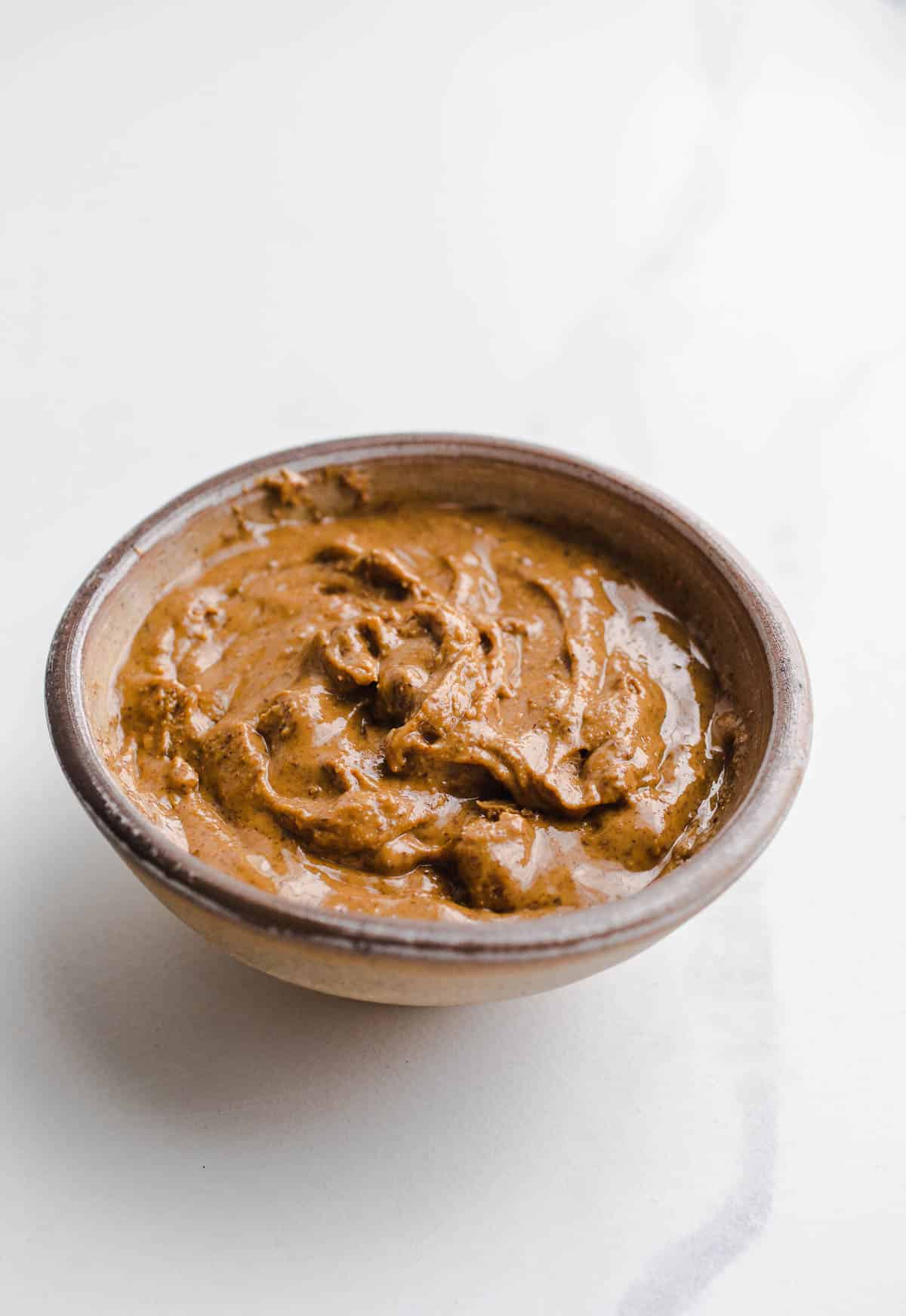
FAQs
Sunflower seed butter, oat butter, coconut butter, tahini, and other seeds butter are great nut-free butters. They are also a good alternative for those that have peanut allergies.
Almond paste and almond butter are both almond-based products, but they serve different culinary purposes and have distinct characteristics. Almond paste is primarily made from almonds and sugar. It has a higher sugar content and smooth, dense texture.
Almond butter is made solely from almonds, with no added sugars or other ingredients in its purest form. It has a creamy and spreadable texture, similar to peanut butter.
You can make this nut butter with roasted or raw almonds. Process in a food processor until a smooth paste is achieved. Add salt or a touch of sweetener if desired.
Recipes with almond butter
Please note: Always check labels as some manufacturers include gluten, dairy, or nuts, or process in the same facility as wheat. This article is meant to help highlight gf products but is not an exhaustive list or medical advice. Please consult with your healthcare provider for best practices and care for your individual needs.


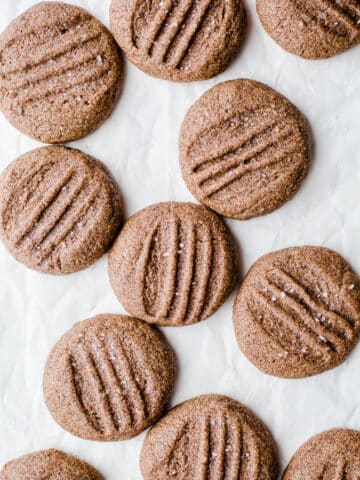
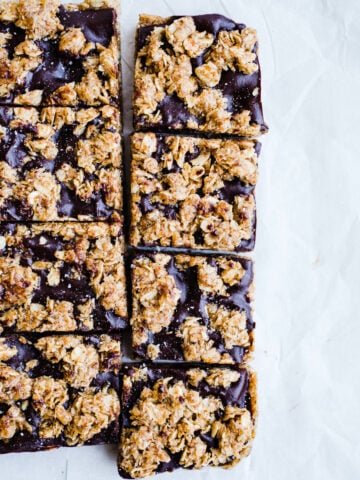
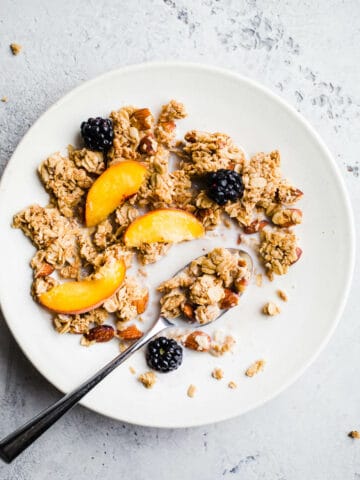
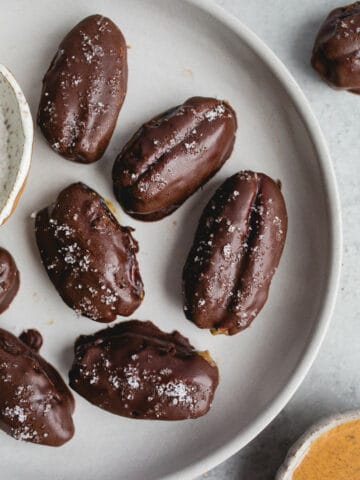
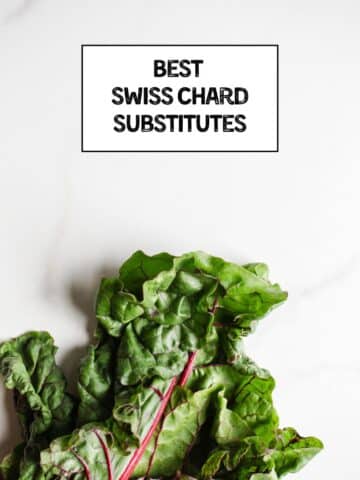
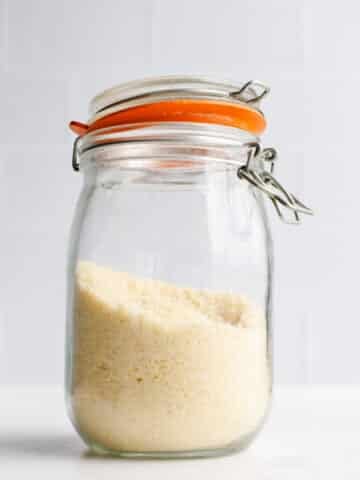
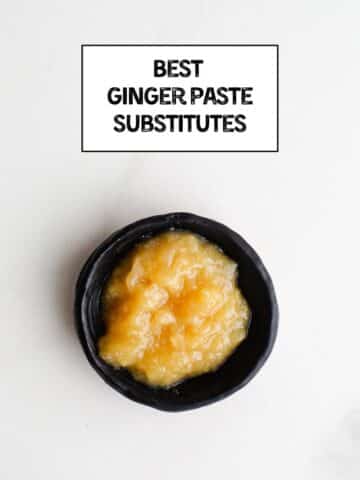
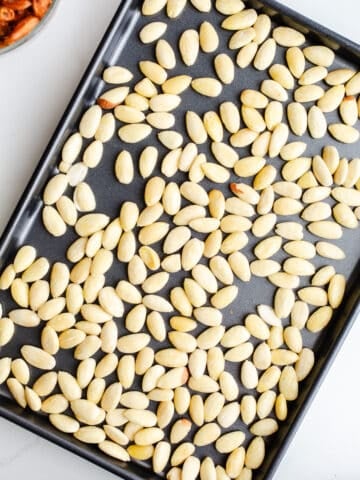
Leave a Reply